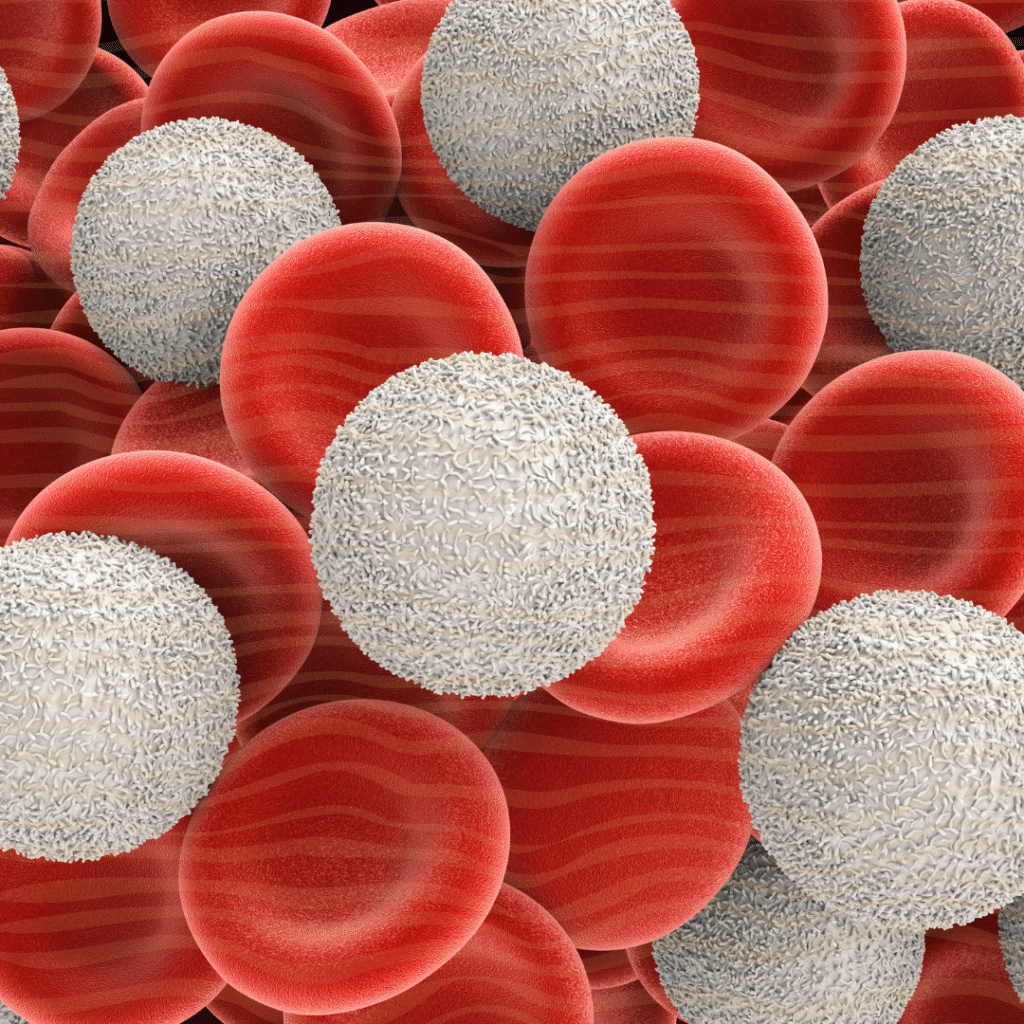
This children’s article, How AI could help treat cancer – A kids’ guide, has been written for native English speakers and learners of English as a second or foreign language. It can help children practise reading and comprehension, learn useful vocabulary, and discover how Artificial Intelligence (AI) might help doctors find new ways to treat cancer. Written by Sinead O’Carroll, an experienced teacher and children’s writer. Perfect for curious kids, homeschoolers, and young readers in classrooms around the world.
What is cancer?
Cancer is an illness that happens when cells in the body grow in a way that is not normal. These cells can spread and make people very unwell. There are many different types of cancer, and scientists around the world are working hard to understand it better and find ways to treat it.
One exciting new area of research uses something called Artificial Intelligence, or AI.
What is AI?
AI is a type of computer technology that can learn, solve problems, and make decisions. It is already being used in many parts of life, such as voice assistants, self-driving cars, and even games. Now, scientists are using AI to help fight illnesses like cancer.
A new way to help T cells
Our bodies have an immune system that helps protect us from germs and disease. One part of this system is made up of T cells, which are special white blood cells. T cells can attack and kill cancer cells, but sometimes they have trouble finding them.
To help, scientists have created a kind of “GPS” for T cells using AI. Just like a GPS helps a person find the right address, this special system helps T cells find cancer cells more quickly and more accurately.
How does the GPS work?
The scientists used AI to design tiny proteins that act as guides. These proteins are placed on the surface of the T cells through genetic engineering.
In lab tests, T cells with these AI-designed proteins were able to find and kill melanoma, a type of skin cancer.
The tests were done on cancer cells in a lab, not inside a human body. So far, the method seems to work well, but scientists still need to do many more tests before it can be used to treat real patients.
Why it matters
This new method is a form of immunotherapy. That means it helps the body’s immune system fight illness in a smarter way. The AI system can design new proteins in just four to six weeks, which is much faster than before.
Although it may take years before this kind of treatment is used in hospitals, it is an exciting step forward. One day, doctors might be able to create special treatments for each person, using AI to train their own T cells to fight cancer more effectively.
To read more about this research, visit Science News.

Article vocabulary list
- Cancer – A serious illness where cells grow in a way that is not normal
- Artificial Intelligence (AI) – Smart computer systems that can learn and make decisions
- Immune system – The body’s defence system that fights illness
- T cells – Special white blood cells that can attack harmful cells
- GPS – A system that helps guide people or things to the right place
- Proteins – Tiny building blocks that help cells and the body work properly
- Genetic engineering – Changing cells or genes to make them behave in a certain way
- Melanoma – A dangerous type of skin cancer
- Immunotherapy – A treatment that uses the body’s immune system to fight illness
Comprehension questions
Just click the plus (+) to see the answer
1. What do T cells do in the body?
a) Help people breathe
b) Fight harmful cells
c) Carry oxygen
Answer: b) Fight harmful cells
2. What does AI stand for?
Answer: c) Artificial Intelligence
3. What illness were the scientists trying to treat in the lab tests?
a) Flu
b) Melanoma
c) Asthma
Answer: b) Melanoma
4. What did the scientists design using AI?
a) Tiny shoes for cells
b) New food for cells
c) Tiny proteins to guide T cells
Answer: c) Tiny proteins to guide T cells
5. Where were the tests done?
a) In people
b) In animals
c) In a lab
Answer: c) In a lab
6. What is immunotherapy?
Answer: It is a way of treating illness by helping the body’s immune system fight it.
Sinead is a writer and EFL teacher with eight years’ experience. She’s a native English speaker who loves making news stories fun and easy to understand for children around the world. Her passions include travel, animals, and helping to make the world a kinder, more sustainable place.




